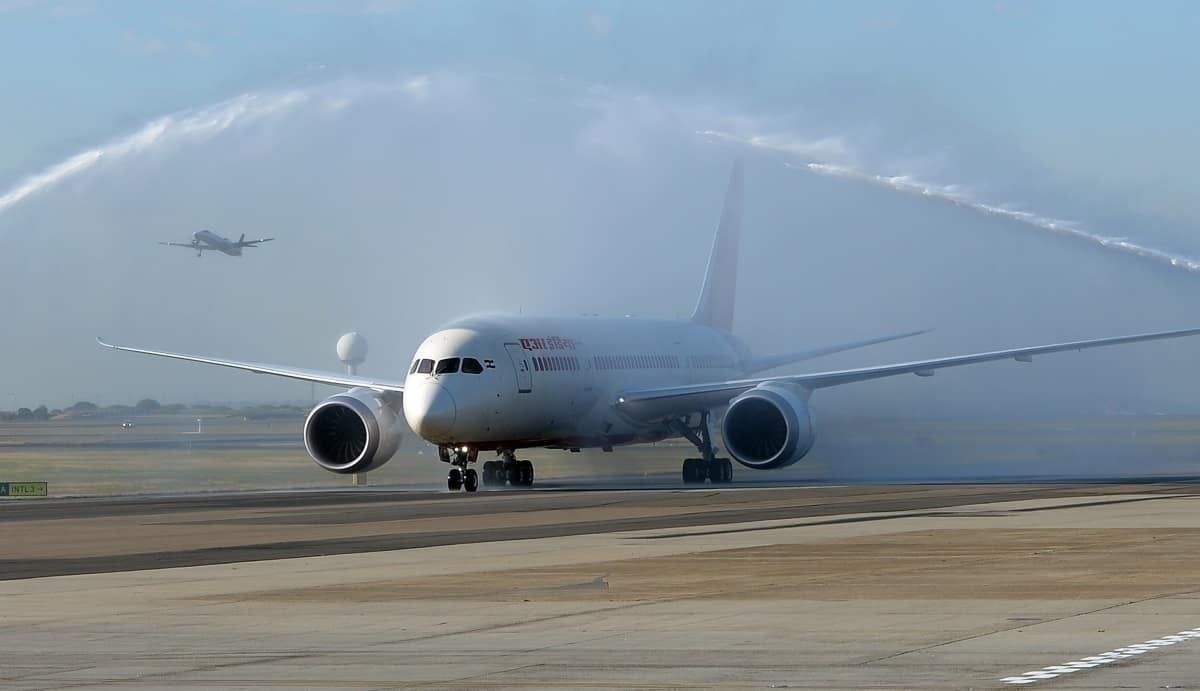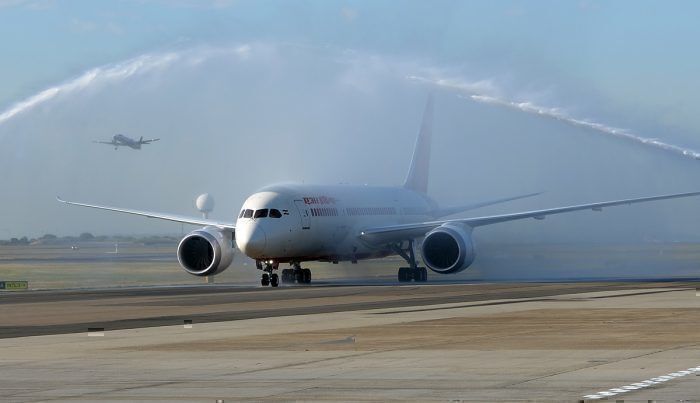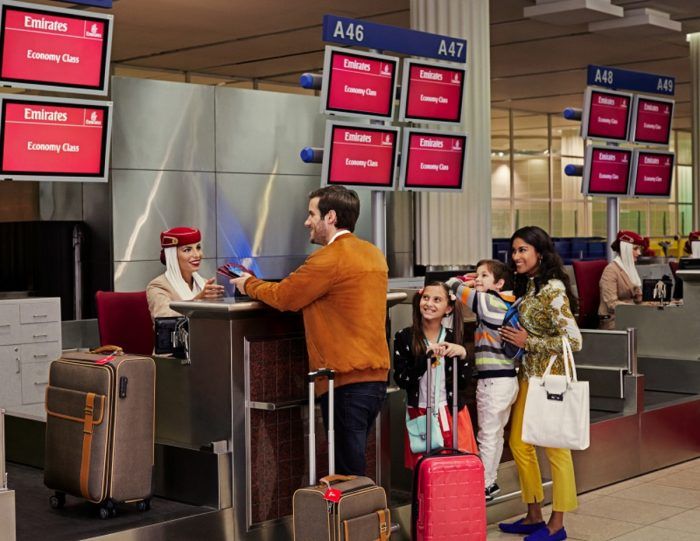Cloud computing has revolutionized the way many of us do business. From accessing emails on the go to having the latest software update at our fingertips, functioning in the cloud has become the norm for much of what we do. Airlines too are benefitting from cloud-based software; in fact, it’s helping them to launch routes much faster than ever before. Here’s how.
In other industries, cloud computing is becoming the norm. Having software based off-site which is seamlessly updated to the latest version makes it quicker and easier for businesses to stay on top of developments, without having to re-purchase every iteration of the program. It also drives down the costly maintenance of in house servers and systems, and is noted to improve security too.
Although aviation is a bit late to the party, the use of cloud-based systems makes sense on many levels for both airlines and airports. Simple Flying caught up with Stephan Hirmer, Head of Passenger Systems at Amadeus, a specialist travel technology company, to find out how cloud computing is helping airlines launch routes faster than ever before.
Understanding common use
Before we can get to grips with how cloud computing benefits airlines, it’s important to understand a bit about what common use is in aviation. Passengers will be familiar with the typical set up at an airport: a check in desk with a computer, a printer, perhaps some scanners. Each airline that uses that airport has to integrate its own Departure Control System (DCS) in order to print the correct boarding passes, luggage tags and other peripherals.
Before cloud computing, to get this integration airlines would have to set up a physical connection to the airport. Stephen Hirmer explained,
“In the old days, airlines needed to bring in a network line from their data center in to each of the airports they are flying to. This was a big cost factor, as network lines are expensive. On the other hand, if you want to roll out a new route, either temporarily or permanently, it would take two, three, sometimes four months … to install and establish that network link.
“It was very inflexible.”
Although airlines still tend to allow several weeks, sometimes months, for planned route expansions, such a lead in time is not always beneficial. In the case of an airline collapse, it can be advantageous for airlines and passengers alike if a new carrier can step in quickly and provide service. We’ve seen this in practice in the case of Adria Airways, where Lufthansa Group airlines rapidly arrived to maintain connections in the absence of the local carrier.
How has cloud computing changed things?
Amadeus provides a cloud-based solution to rapid deployment on routes through its Amadeus Airport Common Use Service (ACUS). ACUS allows airports to connect with multiple airline DCSs through a single device, without the need for additional physical lines to be installed. Hirmer explained how it works, saying,
“Now with the cloud solution, the airport or anyone can access our common use system or ACUS through an open internet connection. There’s no need to bring a network line there.
“This means that, in the case of short term events such as big football matches or whatever, you have a lot of passengers travelling for a limited period of time to a specific destination, airlines can set-up the routes quickly and then close shop as quickly afterwards if they don’t need the airport anymore.
“This is highly appreciated by the airline as it gives them the ability to access these sorts of events very quickly.”
Driving down carbon footprints too
The speed of deployment and the flexibility that cloud-based integration affords are not the only benefits of this technology. By removing the physical servers from the airport, there’s a huge carbon savings to be had too. Hirmer told us,
“Because its run in the cloud you can reduce significantly the computing power you need in the airport. You don’t need any servers anymore in the airport and then on the other side, you can use what is called a Thin Client, a very scaled down computing device, much less expensive than a traditional PC.
“This also uses much less energy than a traditional PC. With our technology, the airports can significantly reduce their footprint, because there is not that much electricity needed to power up all these devices because they are very scaled down.”
ACUS isn’t exactly new. It has been around since 2014 and is in use at several airports all over the world, supporting the operations of more than 140 airlines. So, next time you see an airline launching a route at the drop of a hat, you can be sure that it’s the cloud that’s enabling them to do that.





